Discover Tunisia's Skanès Presidential Palace and the glory of French post-war interiors
In Tunisia, the Skanès Presidential Palace is a stunning display of monumental modernist architecture style - inside and out
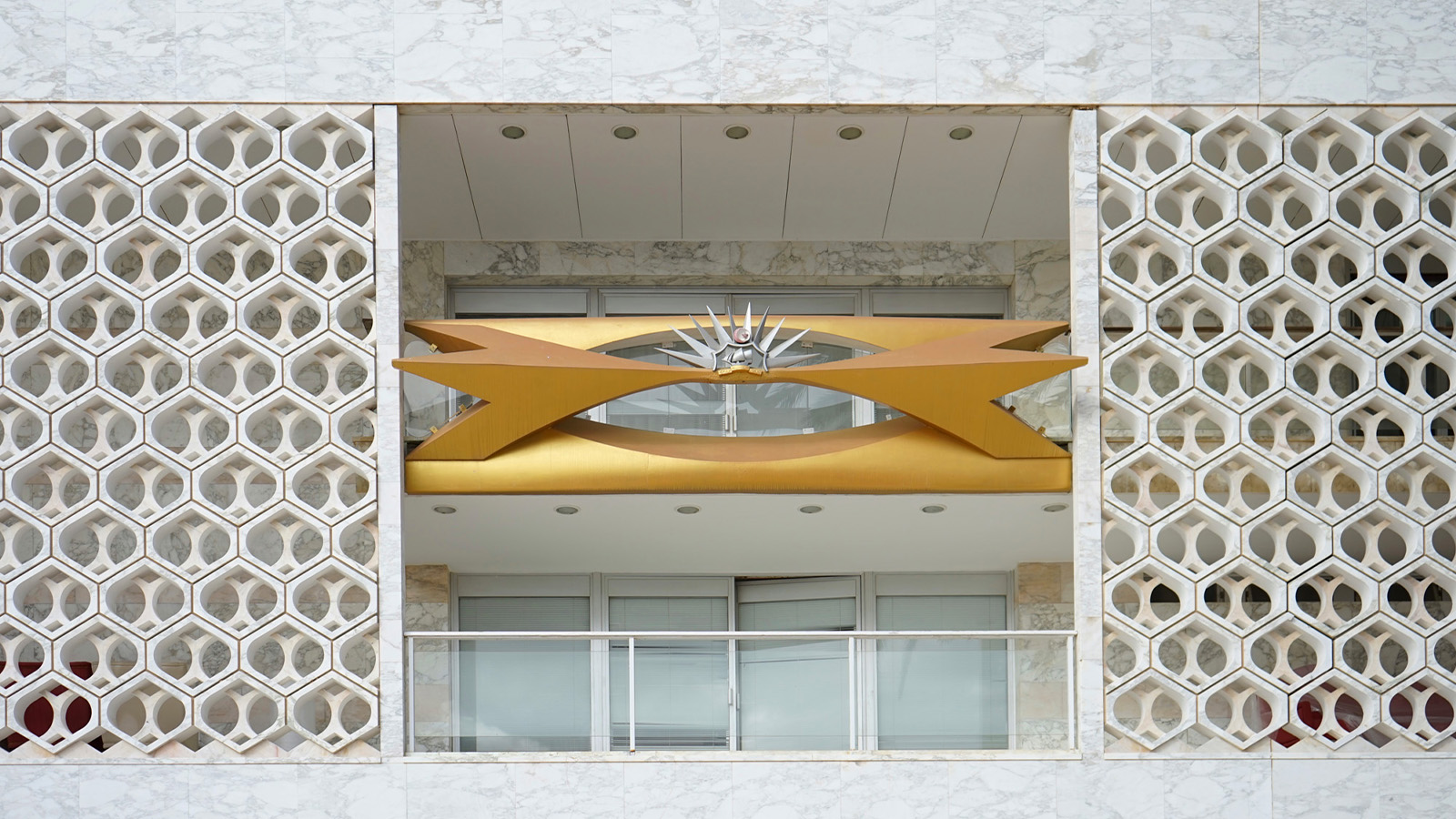
In the resort town of Skanès in Tunisia, on the shores of the Mediterranean, the glory of French post-war interiors awaits to be discovered, hidden behind the grand marble façade of an old presidential palace.
Tunisia gained its independence from France in 1957, naming Habib Bourguiba as its inaugural president. Bourguiba, a lawyer by training, led the country for 30 years before leaving the post due to health issues in 1987. He remains, to this day, etched in the Northern African country’s history, not only as an important and at times controversial political figure but also as the man behind one of the most complete – and lesser known – projects in 20th-century French decorative arts.
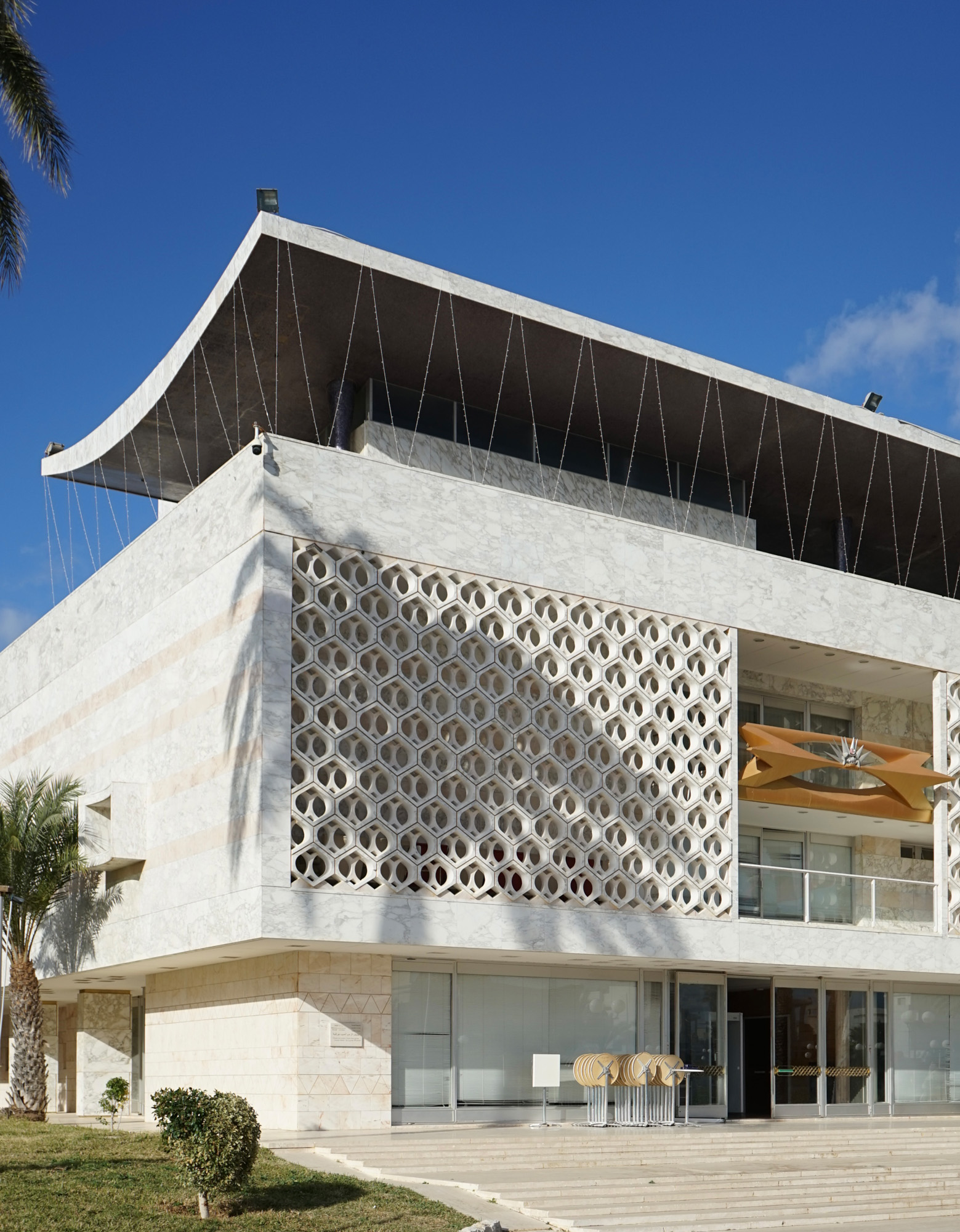
Tour the modernist Skanès Presidential Palace in Tunisia
Bourguiba’s summer palace in Skanès was completed in 1962 to a design by French architect Olivier Clément Cacoub, who was active in Africa throughout his prolific career. Cacoub was born in Tunis in 1920 to a Tunisian-Jewish family. After graduating from the National School of Fine Arts of Tunis, he moved to France and attended the École nationale supérieure des beaux-arts de Paris and the Institute of Urban Planning at the University of Paris.
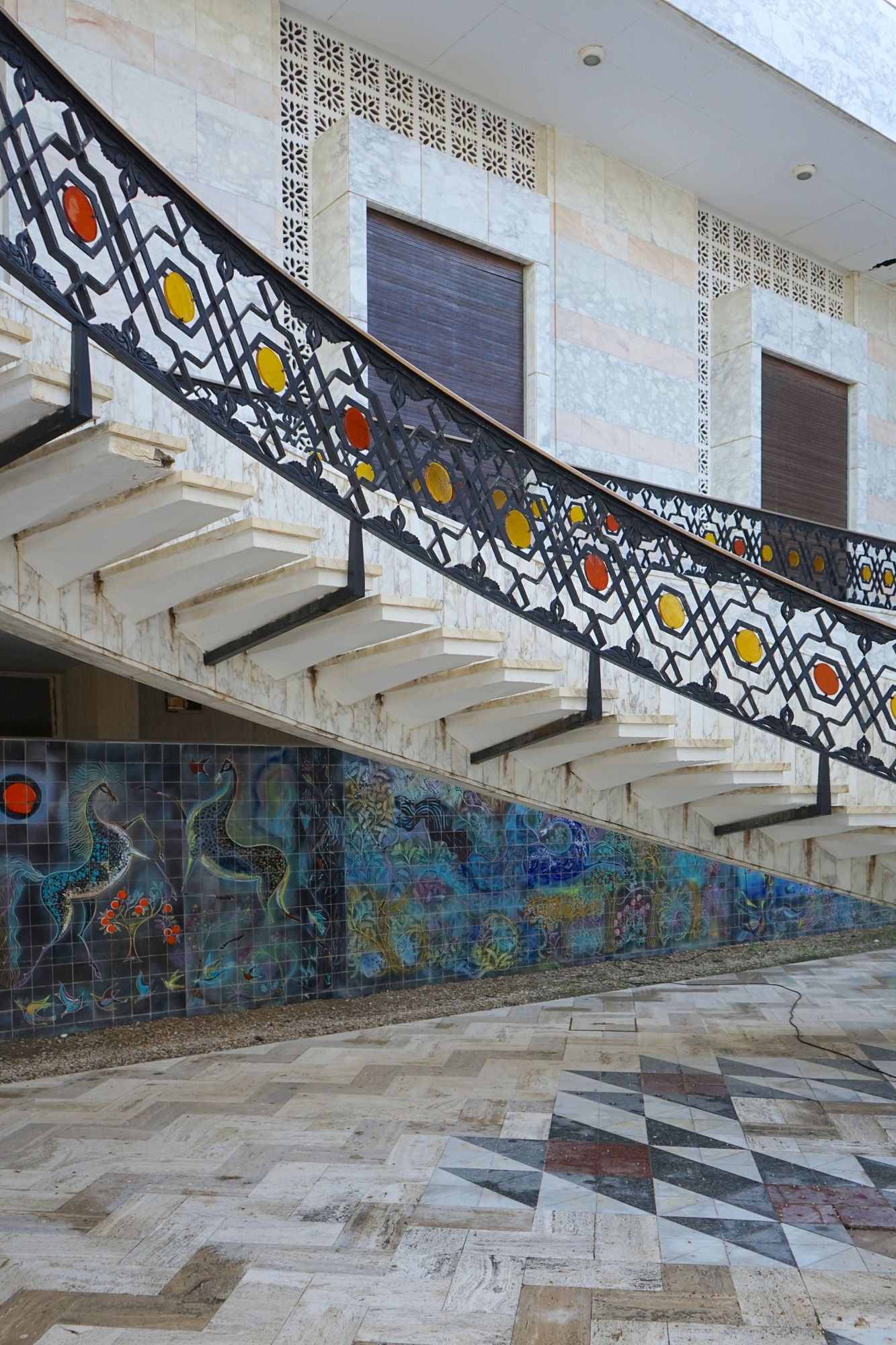
He then returned to Tunis and started to work as a consultant architect for the new country’s leadership, headed by Bourguiba. His first two projects were the presidential palaces for the newly appointed government, one in Carthage and the other in Skanès. Later, Cacoub went on to design several administrative, representative and governmental buildings in Cameroon, Republic of Congo, Ivory Coast, France and Russia.
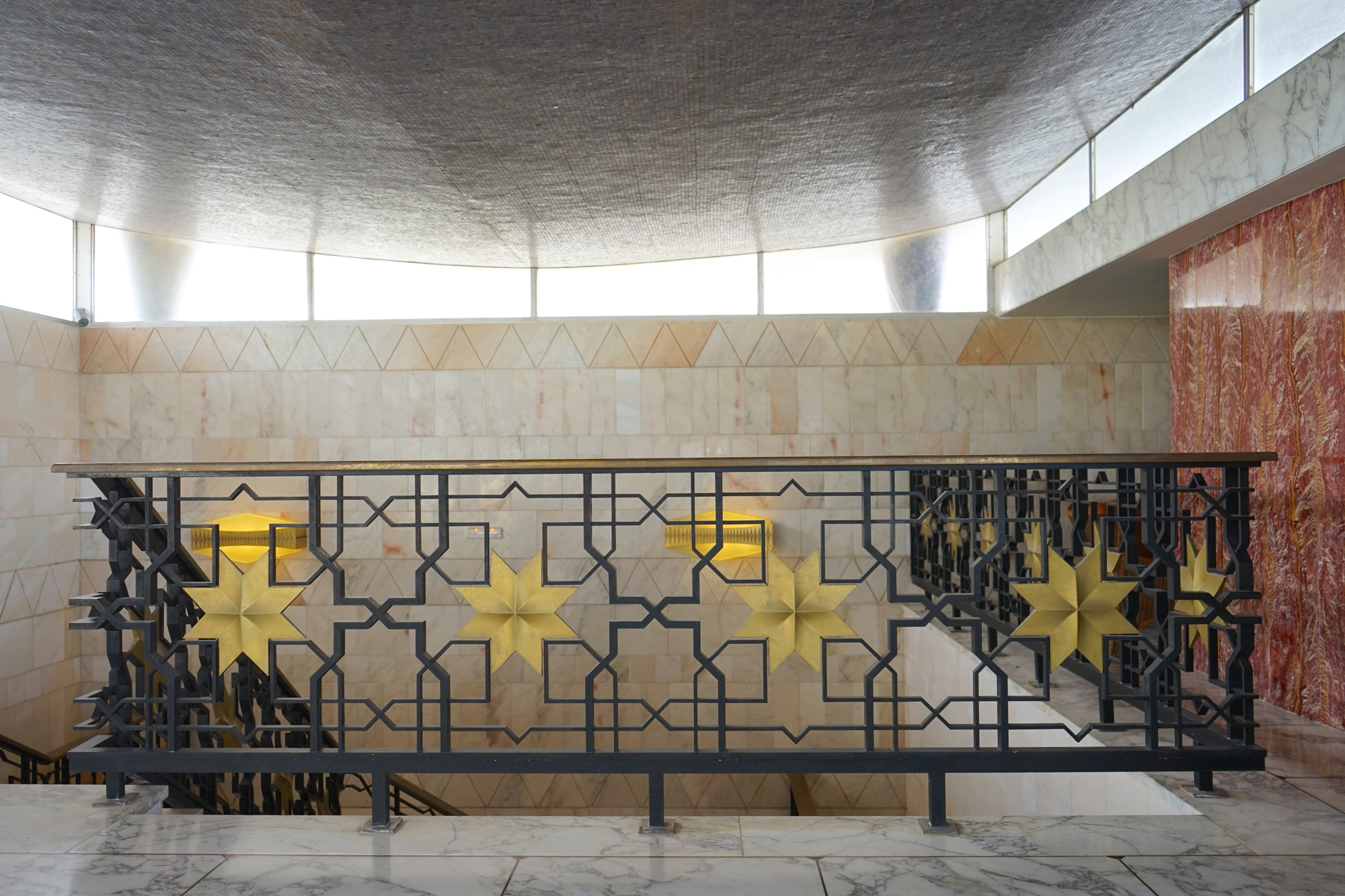
The Skanès palace displays what afterwards became Cacoub’s signature, monumental modernist architecture style. It features a rectangular floor plan with a central atrium, topped with a dramatic, curved roof, nodding to Le Corbusier‘s projects in India. The structure’s majestic architecture is perfectly complemented by dramatic interiors, which became an integral and particularly fascinating part of the project.
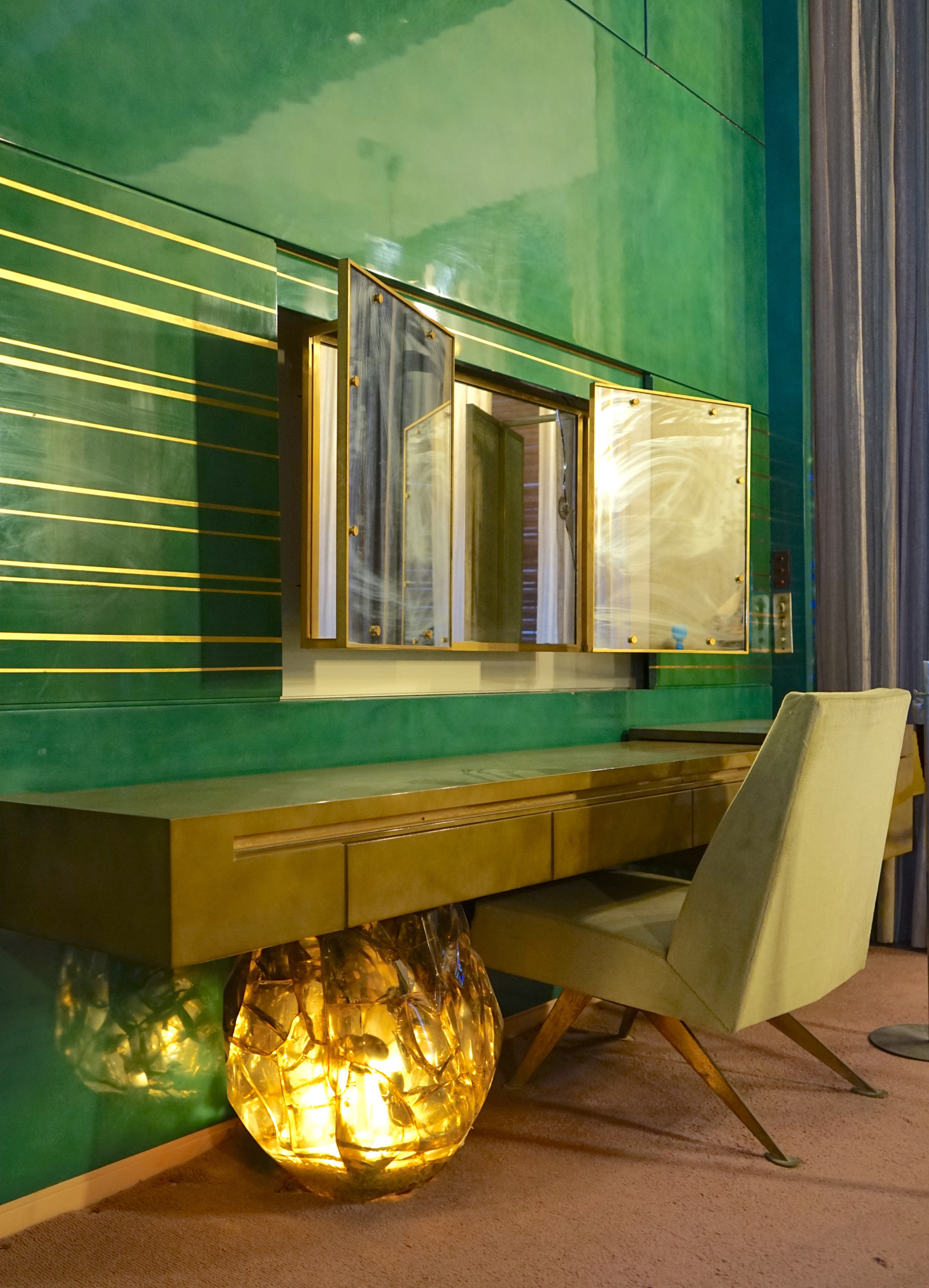
As splendid as the Versailles, if King Louis XIV’s royal residence were a modernist conception, its halls were decorated by three leading French interior designers - Maxime Old, Raphaël and André Leleu. In the 1950s, the trio joined a wave of colleagues from France who worked on dozens of projects in North Africa. Examples include Old’s elegant interiors for the Hotel Marhaba in Cassablanca and several more schemes in Morocco by his peers, such as Jean Royère or Mathieu Matégot. Attracted by the region’s wealthy French clientele, some opened shops and studios there.
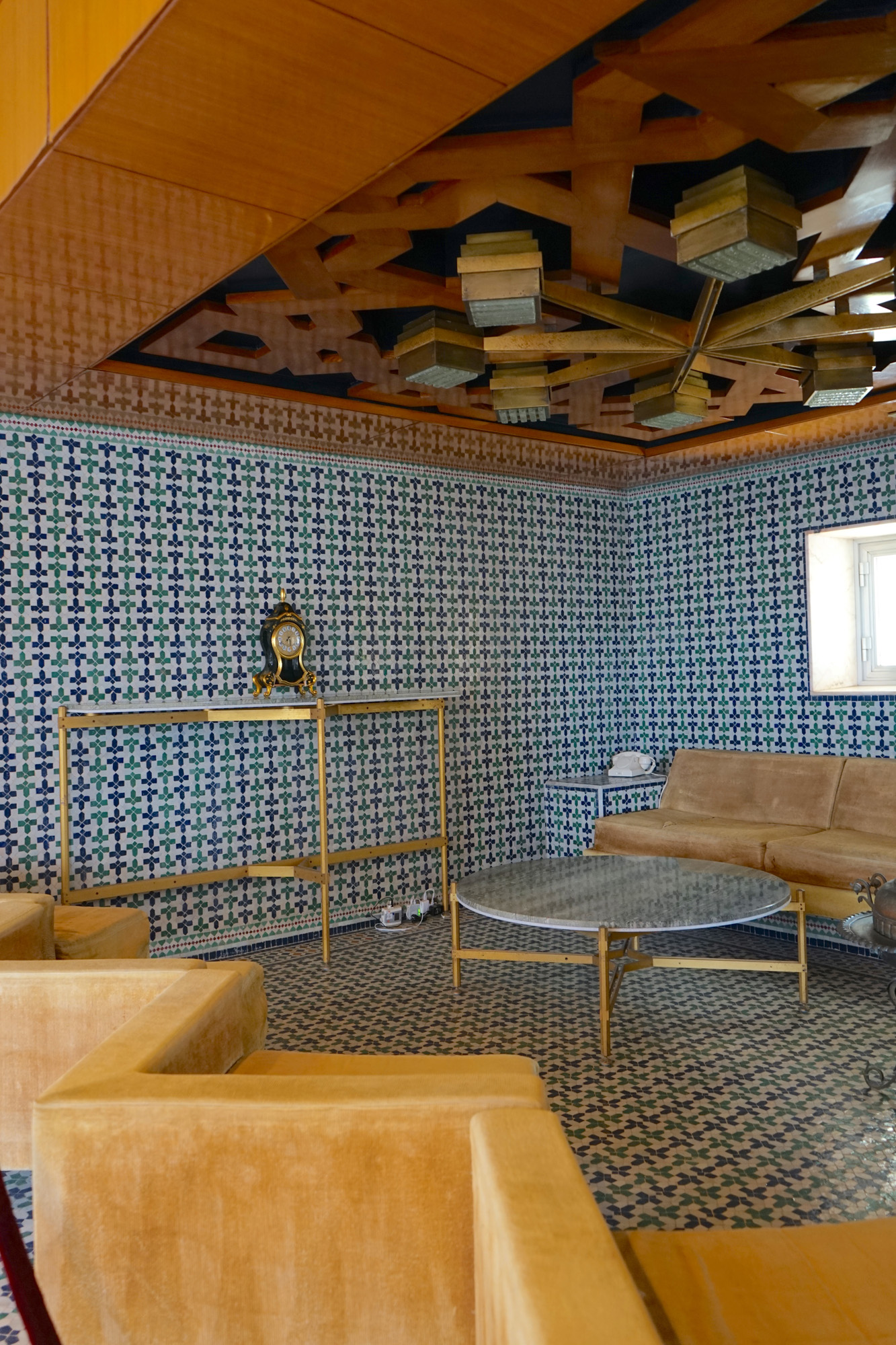
Old, Raphaël and Leleu composed a feast of modernist luxury for the interiors at Skanès. Walking the tightrope between austere modernism and the richness and legacy of the ornate Art Deco style, the presidential palace is a sequence of bespoke design, its custom pieces spanning furniture, fixtures, surfaces and many artworks.
Receive our daily digest of inspiration, escapism and design stories from around the world direct to your inbox.
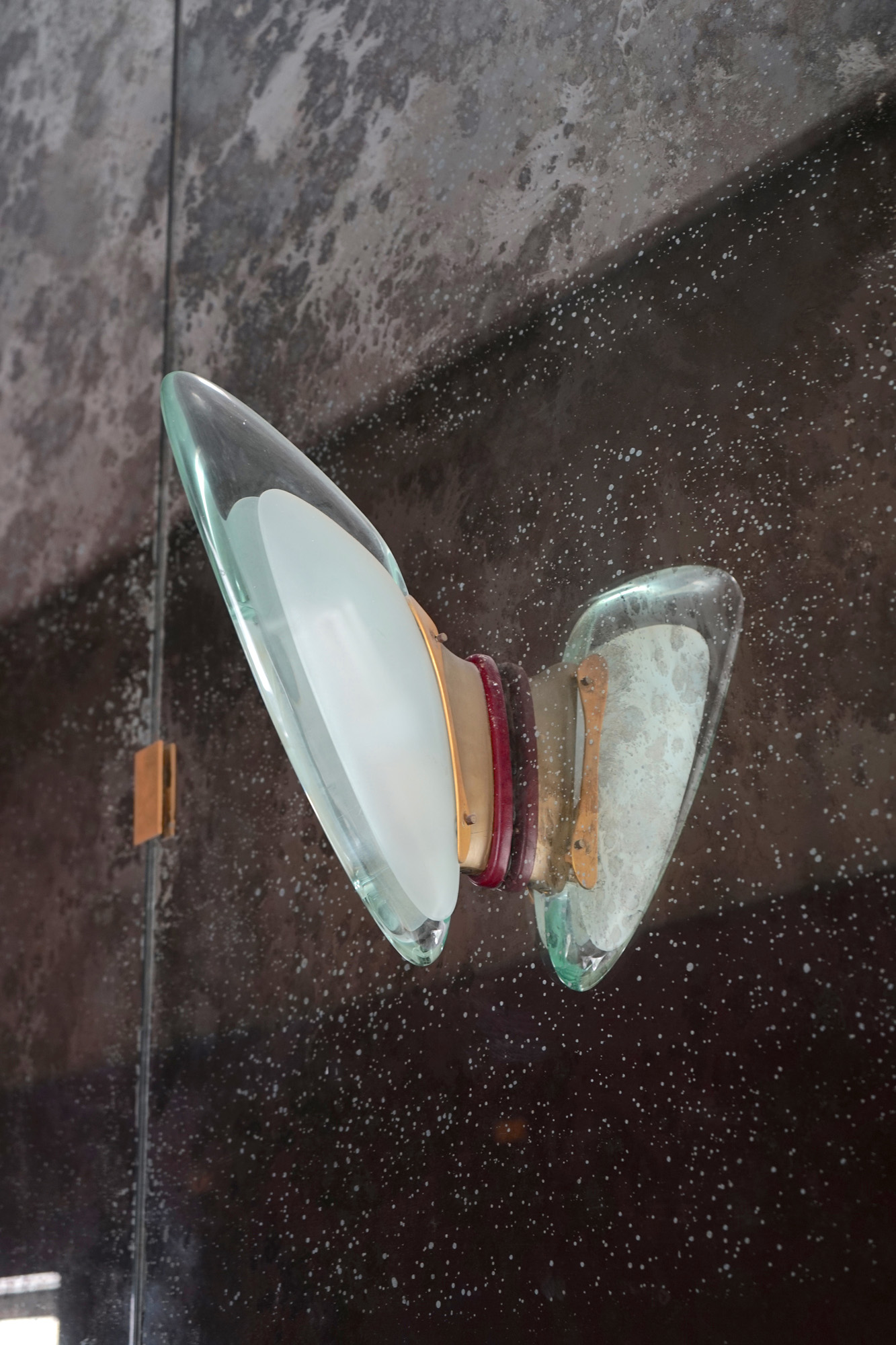
The largest section of the space, including the representatives’ rooms, corridors and entrance area, was supervised by designer and furniture maker Old (Wallpaper*, May 2017). Influenced by the tradition of the French masters of carpentry, the Ébéniste cabinet-makers, he studied at the prestigious l'École Boulle and learned his craft from Parisian Art Deco master Émile-Jacques Ruhlmann. Old began to create his own designs from the late 1930s, regularly exhibiting at shows, such as Arts Ménagers and Salons des Artistes et Décorateurs. Many of his pieces in the palace, including lamps and seating, were designed as one-offs.
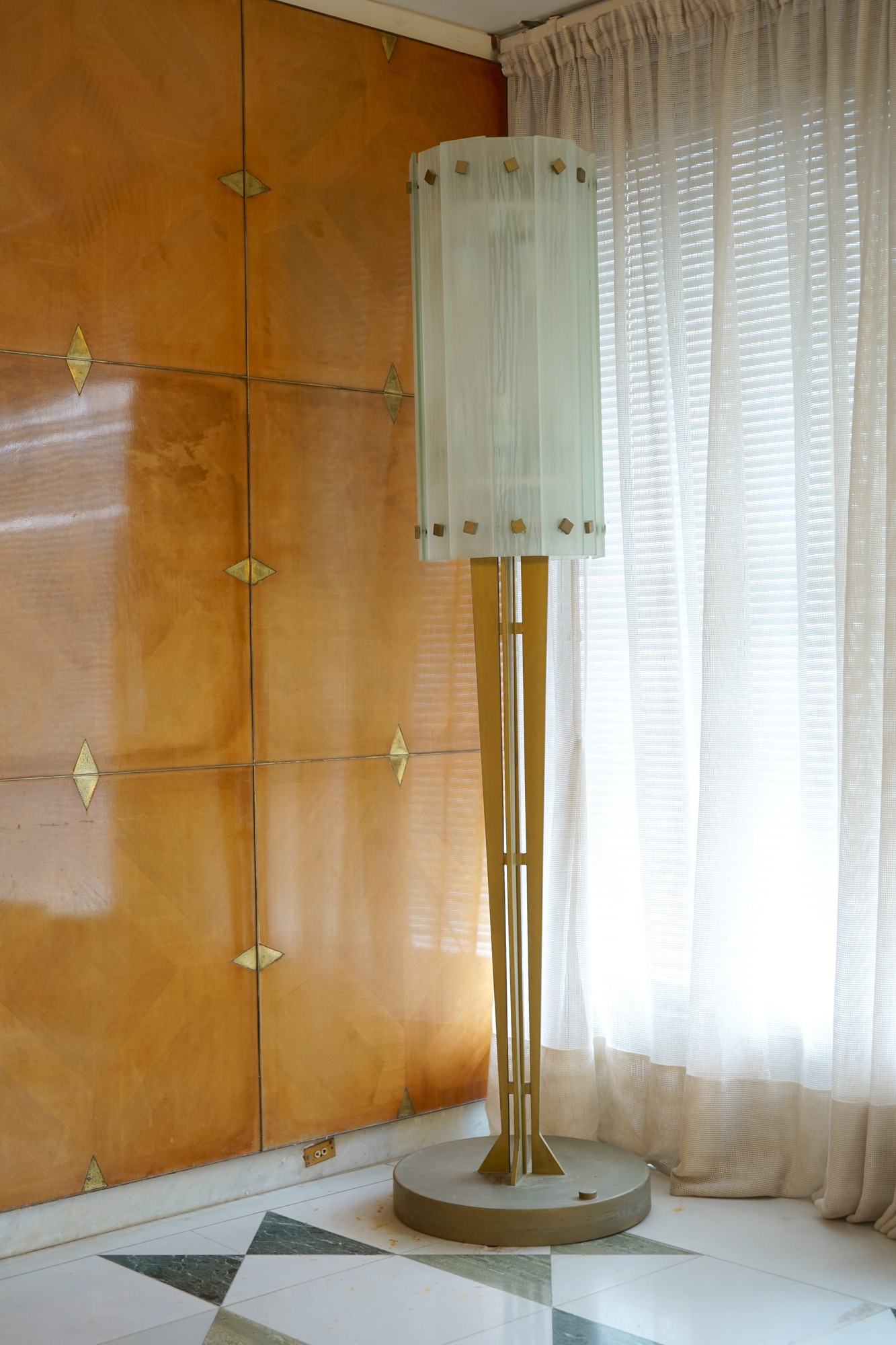
In other parts of the palace, Raphaël tackled bedrooms and the private areas reserved for the use of the presidential couple. Born Raphaël Raffel but known primarily by his first name only, this designer has been celebrated for his large-scale modernist furniture and public interiors, such as the French embassy in Ottawa, Canada. In Skanès, Raphaël delighted with his designs for the President and the First Lady’s bedrooms. He tiled the bathrooms with various marbles and finished the bedroom walls in green Béka lacquer, typical of many of his postwar creations. In one of the bedrooms, a large dressing table is supported by an illuminated glass sculpture.
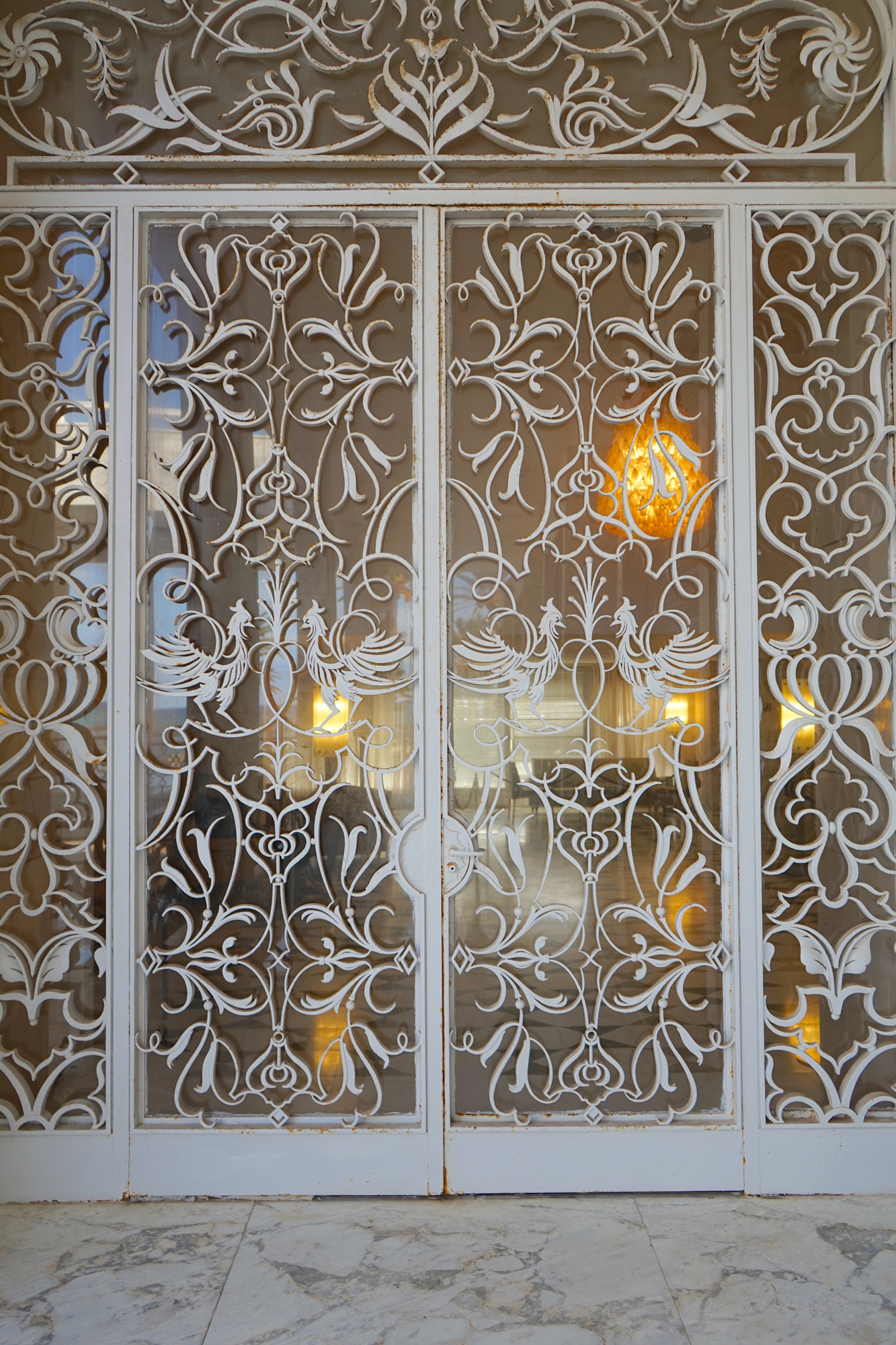
Leleu conceived the dining room and the children's rooms upstairs. A second-generation interior designer, continuing the business founded by his father Jules Leleu, André became famous for his 1920s and 1930s Art Deco interiors and furniture, later adopting the era’s revolutionary modernist spirit. More artists and craftspeople contributing to the project included glassmaker and creative director at Fontana Arte, Max Ingrand. His glass chandeliers, lamps, and sconces can be found everywhere in the palace.
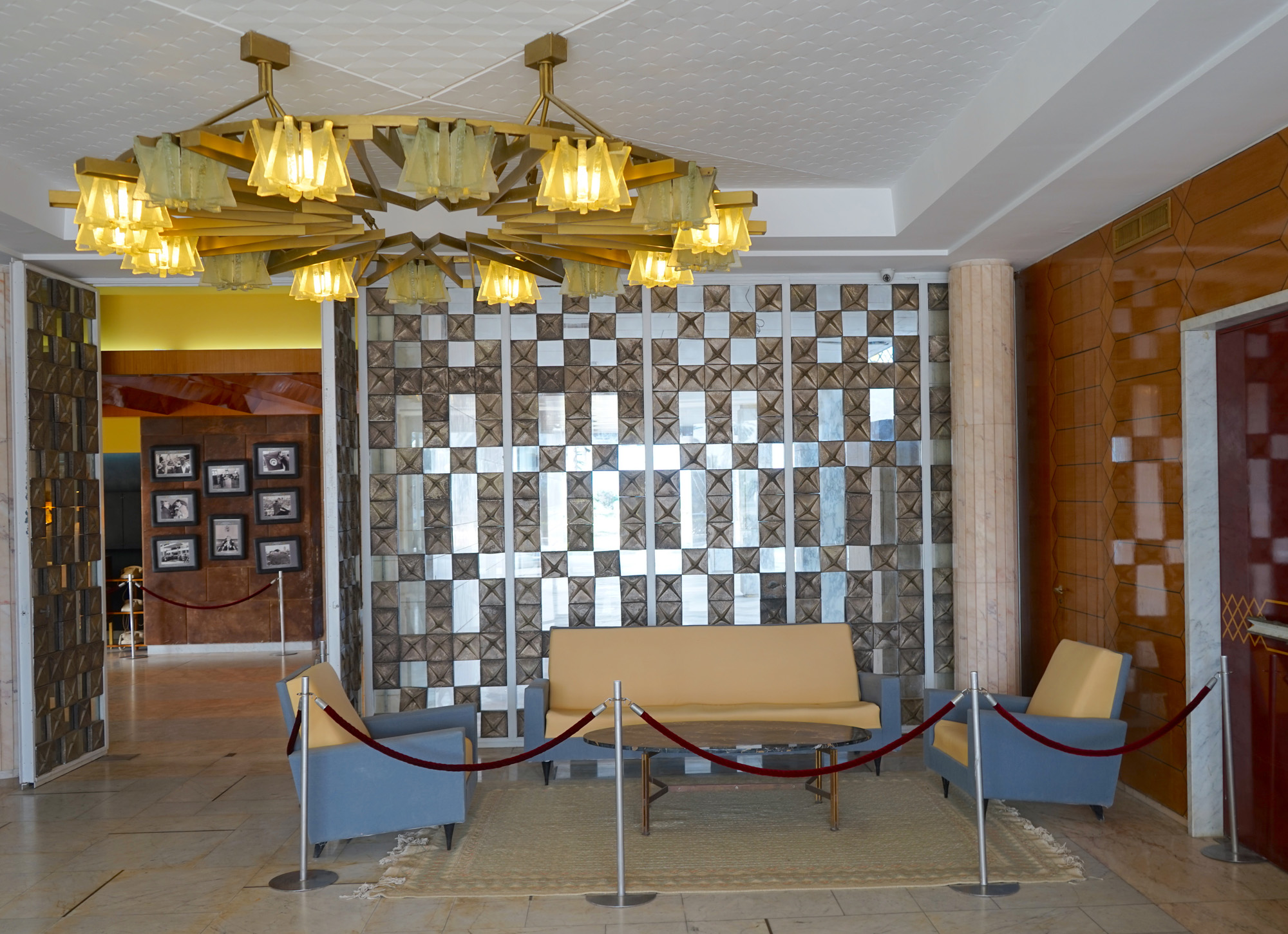
Today, the building remains intact and is open to the public as a museum. It showcases not only its important modernist design, inside and out, but also President Habib Bourguiba‘s flamboyant lifestyle. The last is highlighted by his 1965 Mercedes limousine, complete with a telephone, mini bar and electric cigarette lighter, which is currently on display in the palace foyer.
Adam Štěch is an architectural historian, curator, writer and photographer, based in Prague. He is the author of books including Modern Architecture and Interiors (2006), editor of design magazine Dolce Vita and a contributor to titles including Wallpaper* and Frame, while also teaching at Scholastika in Prague.
-
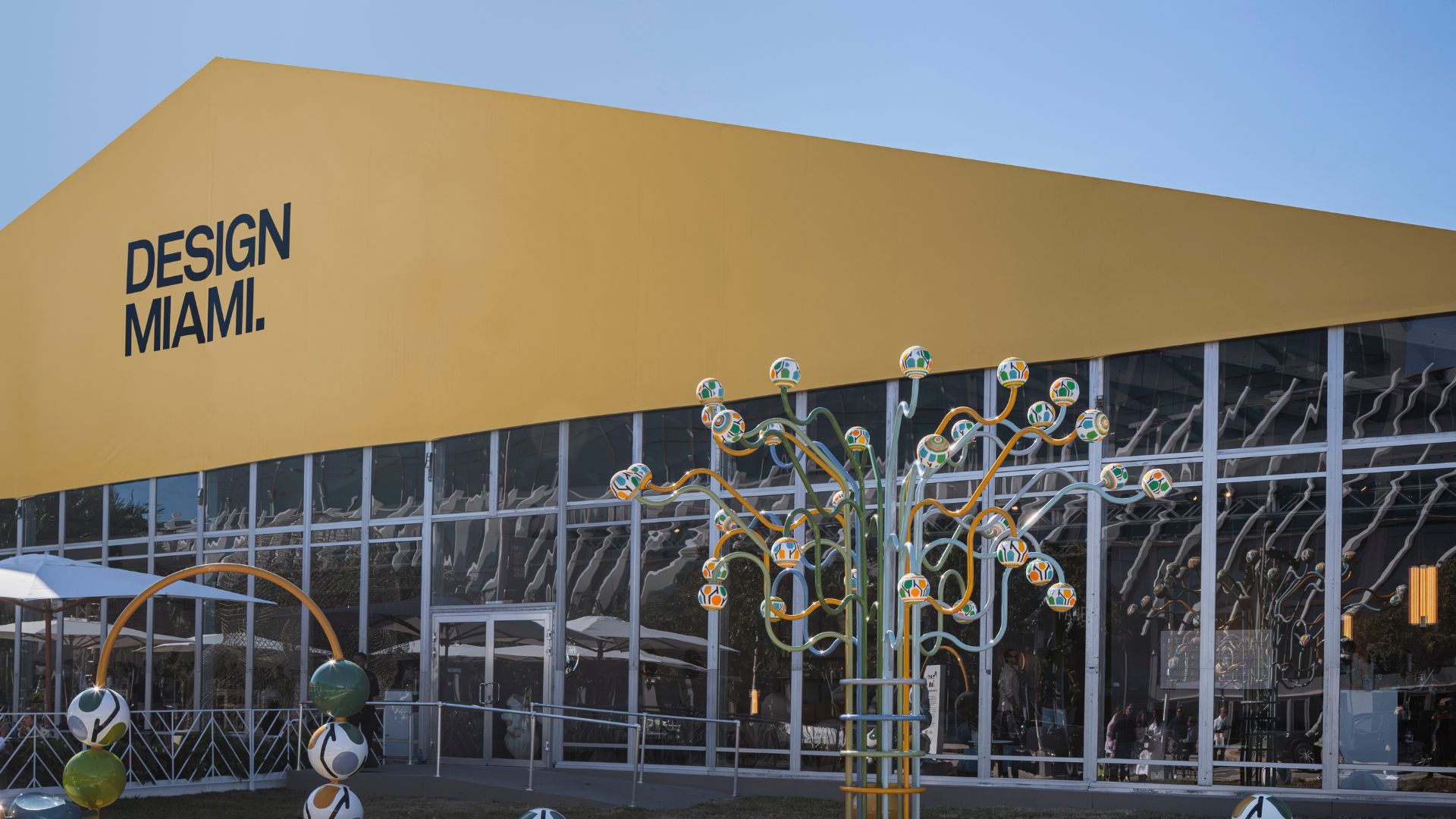 Everything you need to know about Design Miami 2025
Everything you need to know about Design Miami 2025The collectible design fair returns to Miami Beach in December for its milestone 20th edition, alongside a vast array of art and cultural events across the city
-
 Cinema’s tastiest moments to be celebrated by Mubi in an all-day festival
Cinema’s tastiest moments to be celebrated by Mubi in an all-day festival‘Let’s Eat! A Film Feast’ spotlights the sensory power of food on film with a day of screenings, talks and culinary delights in London
-
 ‘Architect of glamour’ Antony Price makes a high-voltage return to the runway with 16Arlington
‘Architect of glamour’ Antony Price makes a high-voltage return to the runway with 16ArlingtonFeaturing a runway debut from Lily Allen, the show saw legendary designer Antony Price – best known for outfitting Roxy Music in the 1980s – unite with 16Arlington’s Marco Capaldo on the sensual after-dark collection
-
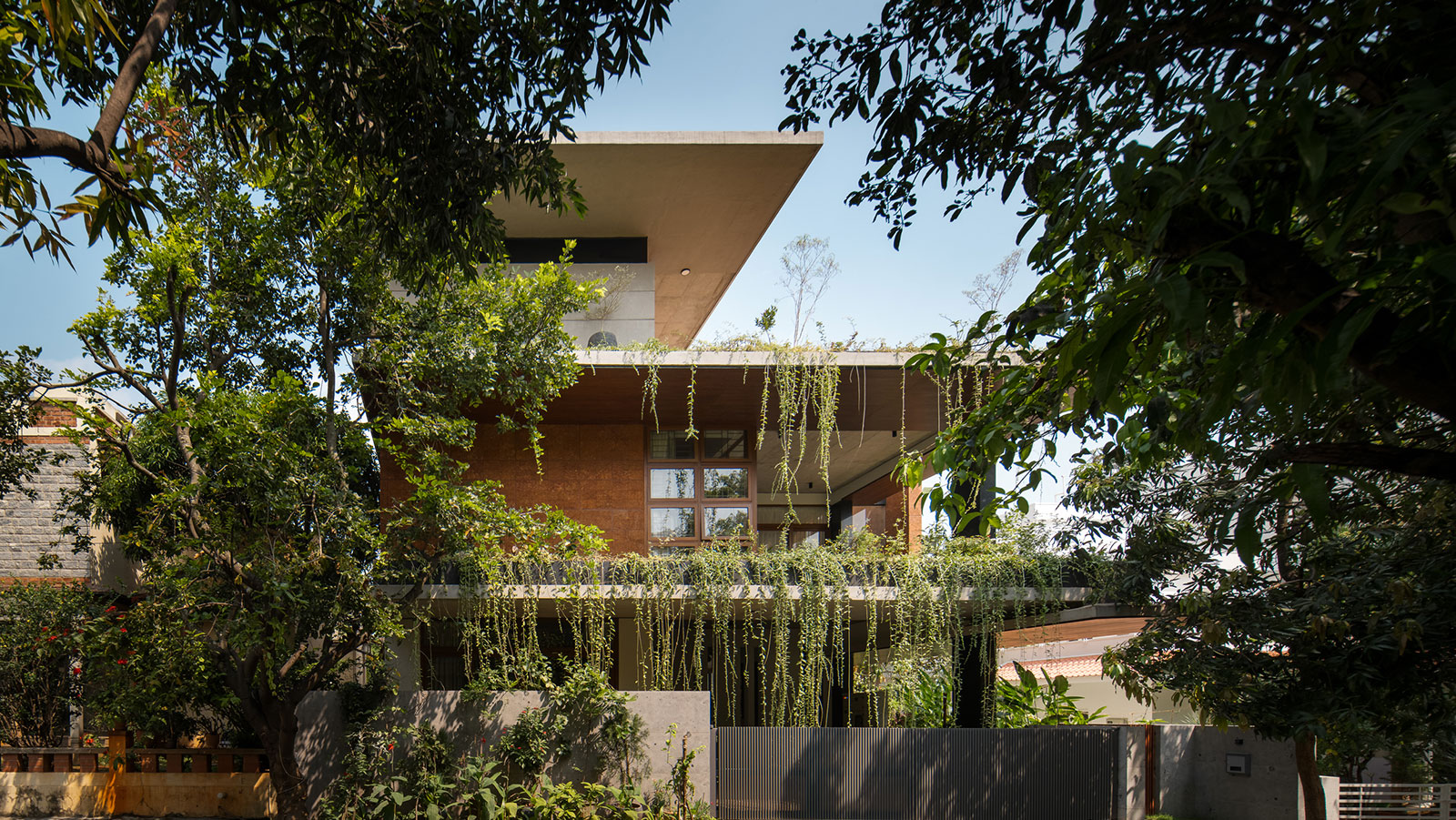 Year in review: the top 12 houses of 2024, picked by architecture director Ellie Stathaki
Year in review: the top 12 houses of 2024, picked by architecture director Ellie StathakiThe top 12 houses of 2024 comprise our finest and most read residential posts of the year, compiled by Wallpaper* architecture & environment director Ellie Stathaki
-
 Wallpaper* Architects’ Directory 2024: meet the practices
Wallpaper* Architects’ Directory 2024: meet the practicesIn the Wallpaper* Architects Directory 2024, our latest guide to exciting, emerging practices from around the world, 20 young studios show off their projects and passion
-
 Fleury Atallah Architectes' contemporary Tunisian minimalism is exemplified in Maison Voutes
Fleury Atallah Architectes' contemporary Tunisian minimalism is exemplified in Maison VoutesTunisian practice Fleury Atallah Architectes joins the Wallpaper* Architects Directory 2024